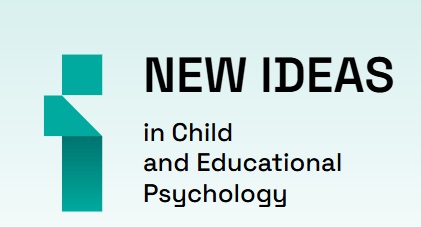Keywords
mental retardation
Publications
Smirnova Y.K. (2020). The specificity of joint attention and a mental model in at-board children with atypical development. Vestnik Moskovskogo Universiteta. Seriya 14. Psikhologiya [Moscow University Psychology Bulletin]. 1, pp. 96-123.
Relevance. The article discusses the relationship between the development of joint (shared) attention of a child with an adult, and the social and cognitive development of the child. Based on previous studies of typically developing children that demonstrate their participation and responsiveness to fundamental social characteristics, it is significant to identify manifestations of atypical joint attention when a child does not register which object (event) or which aspects of this object (event) are the focus of an interlocutor's attention. The question of which aspects of joint attention are related to the normative development of the child makes this relevant for comparing groups with different forms of atypical development. For the study, the main indicator of understanding the intentions of the other in the direction of view was used, as one of the aspects of joint attention.
Objective. To compare the development of social cognition and joint attention among typically developing children and children with various forms of atypical development in order to identify the correlation between the theory of mind and cognitive lesion.
Methods. In a sample of preschool children with typical development and of those with mental retardation, hearing impairment, speech impairment, or visual impairment (N = 90), the following methods were used to evaluate the children's understanding of the intentions, desires, and interests of others by their behavioral manifestations: “Test for Erroneous Opinion”, “Sally-Ann”; the “What does Charlie want?” task, and others. The task was also used to assess the child’s ability to use the direction of a character’s gaze in a picture to determine the person’s intentions.
Results. We identified the “primary psychological” characteristics of the atypical development of the child, which prioritize violations of social communication. Several variations of the violation of joint attention were singled out by determining a person’s intentions by the direction of their gaze. It was shown that determining intentions by the direction of gaze is associated with the normative age formation of the child. Symptoms of deficiency in this skill vary depending on the specifics of the child’s atypical development.
Conclusions. Secondary deviations in the development of social cognition are specific to a particular primary defect. The limited inflow of information in the event of a violation of the analyzer creates unusual conditions in the children’s accumulation of the experience of social interaction that is necessary to form a mental model.
Received: 08/12/2019
Accepted: 11/24/2019
Pages: 96-123
DOI: 10.11621/vsp.2020.01.06
Keywords: attention;
joint attention;
Social cognition;
age development;
preschool age;
theory of mind;
mental model;
mental retardation;
autistic disorders;
children with hearing impairments (deaf and hard-of-hearing);
Available Online: 03/25/2020









